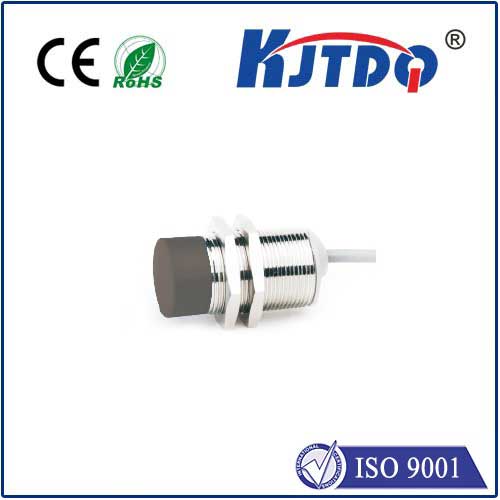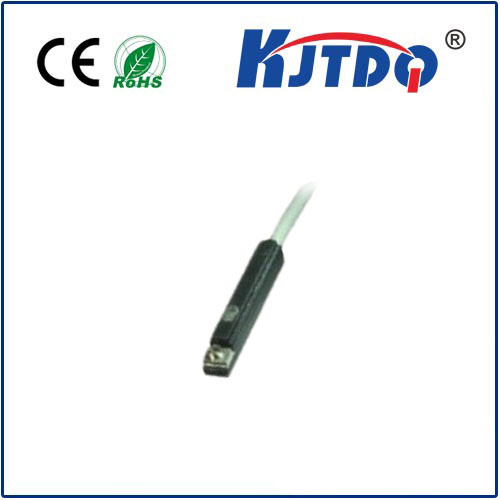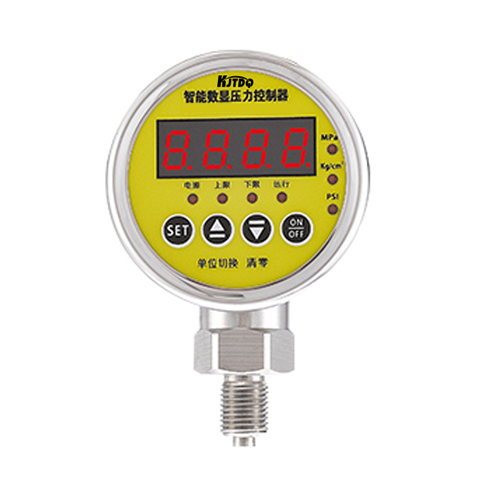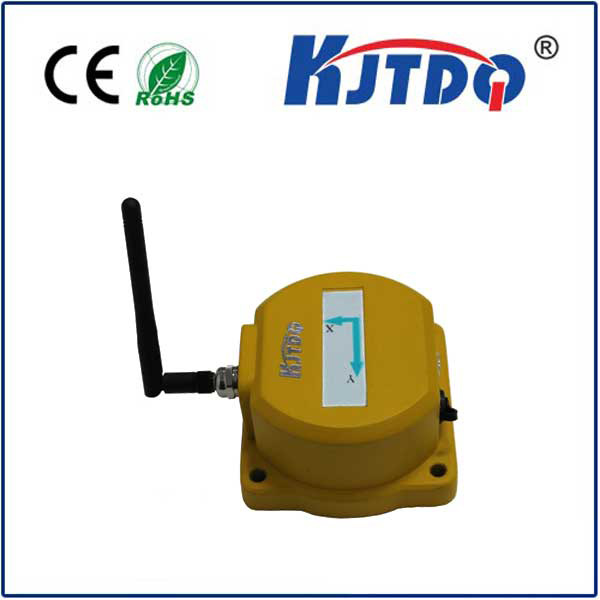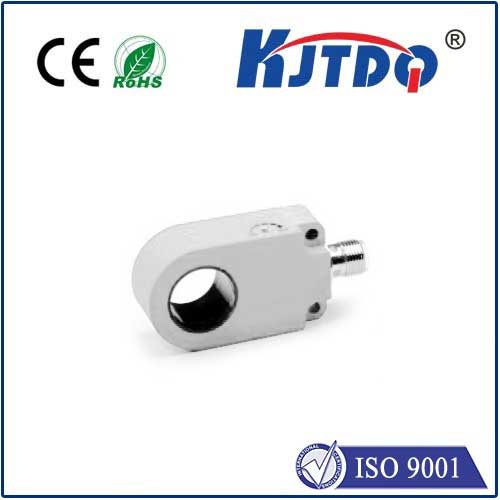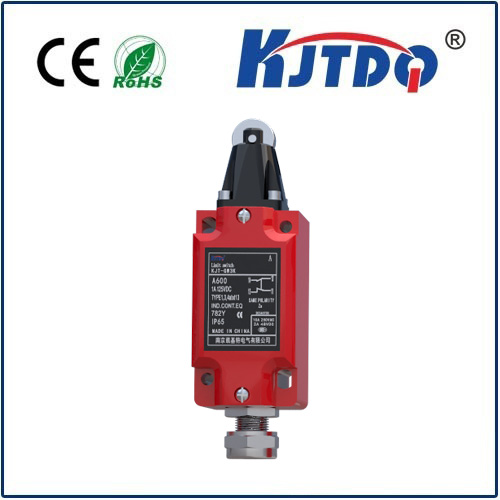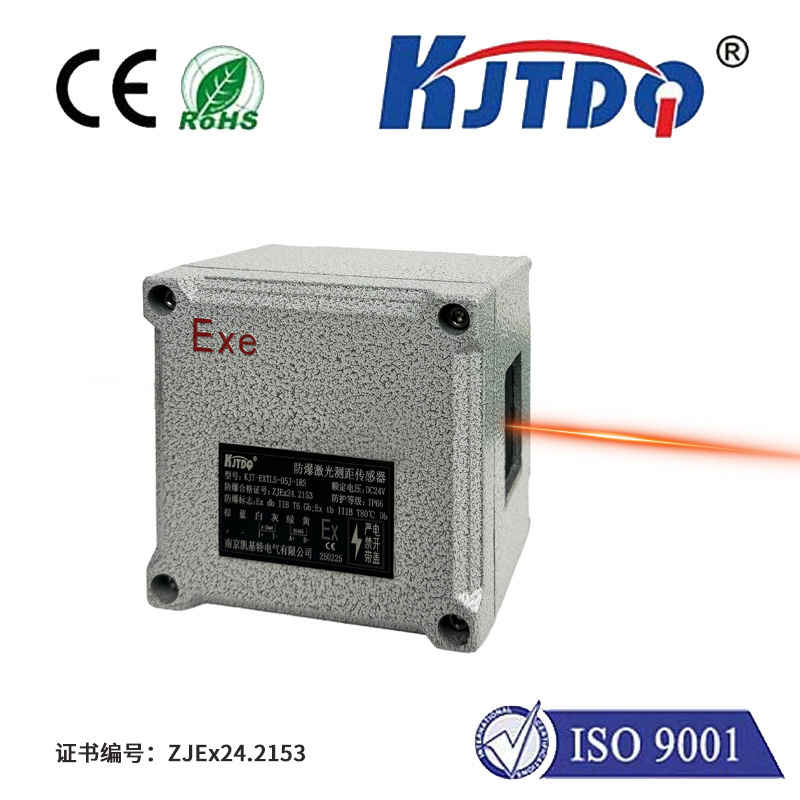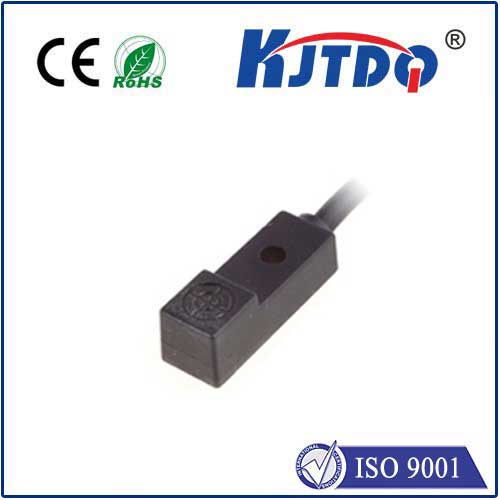

check

check

check

check

Title: Exploring the World of Proximity Switch Types Introduction Proximity switches are devices used to detect the presence of an object without any physical contact. They work on the principle of电磁感应, capacitance, or photoelectric sensing. These switches are widely used in various industries for applications such as automation, safety systems, and process control. In this article, we will explore the different types of proximity switches available in the market. Inductive Proximity Switches Inductive proximity switches use electromagnetic fields to detect metal objects. When a metal object comes close to the sensor, it disrupts the magnetic field, and the sensor generates an output signal. Inductive proximity switches are commonly used in industrial applications to detect metal parts, such as gears, shafts, and other mechanical components. Capacitive Proximity Switches Capacitive proximity switches use a change in capacitance to detect non-metallic objects. These switches consist of two conductive plates separated by an insulating material. When an object made of a dielectric material, such as plastic or glass, comes close to the sensor, it changes the capacitance between the plates, and the sensor generates an output signal. Capacitive proximity switches are commonly used in applications where metallic objects cannot be detected using inductive switches. Ultrasonic Proximity Switches Ultrasonic proximity switches use sound waves to detect objects. These switches emit high-frequency sound waves that bounce off the target object and return to the sensor. The time it takes for the sound waves to return is measured, and the distance between the sensor and the object is calculated based on this information. Ultrasonic proximity switches are commonly used in level measurement applications, such as measuring the level of liquid in a tank. Photoelectric Proximity Switches Photoelectric proximity switches use light beams to detect objects. These switches consist of a light source (usually a laser or LED) and a photodetector. When an object passes through the beam of light, it casts a shadow on the photodetector, which triggers an output signal. Photoelectric proximity switches are commonly used in security systems, conveyor belts, and automated doors. Conclusion In conclusion, proximity switches are versatile devices that can be used in various applications to detect objects without any physical contact. The four main types of proximity switches - inductive, capacitive, ultrasonic, and photoelectric - each have their unique advantages and disadvantages. By understanding these differences, engineers can select the most appropriate proximity switch type for their specific application requirements.
